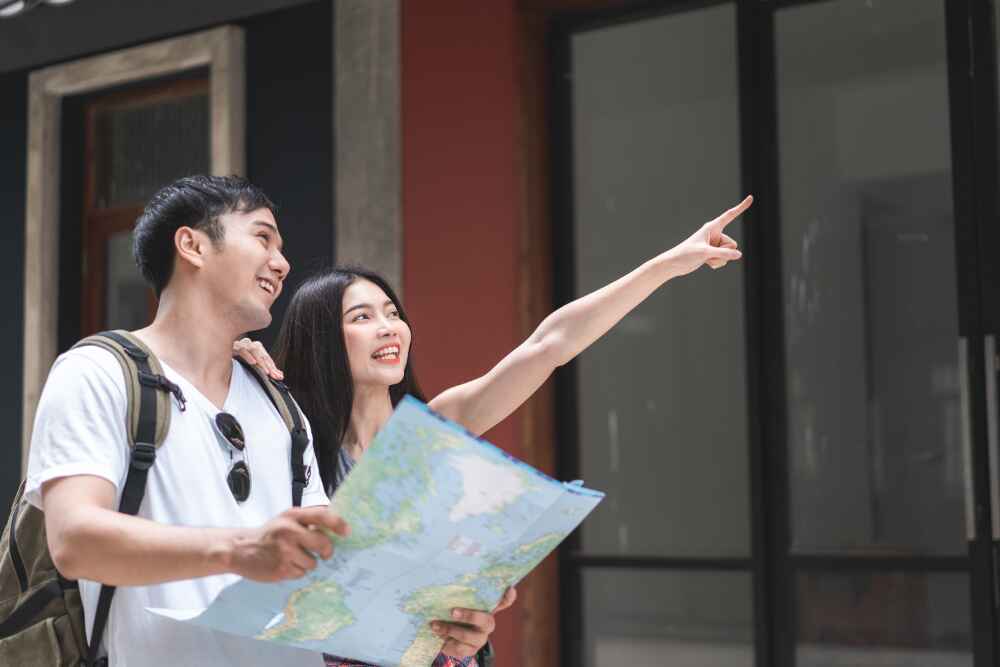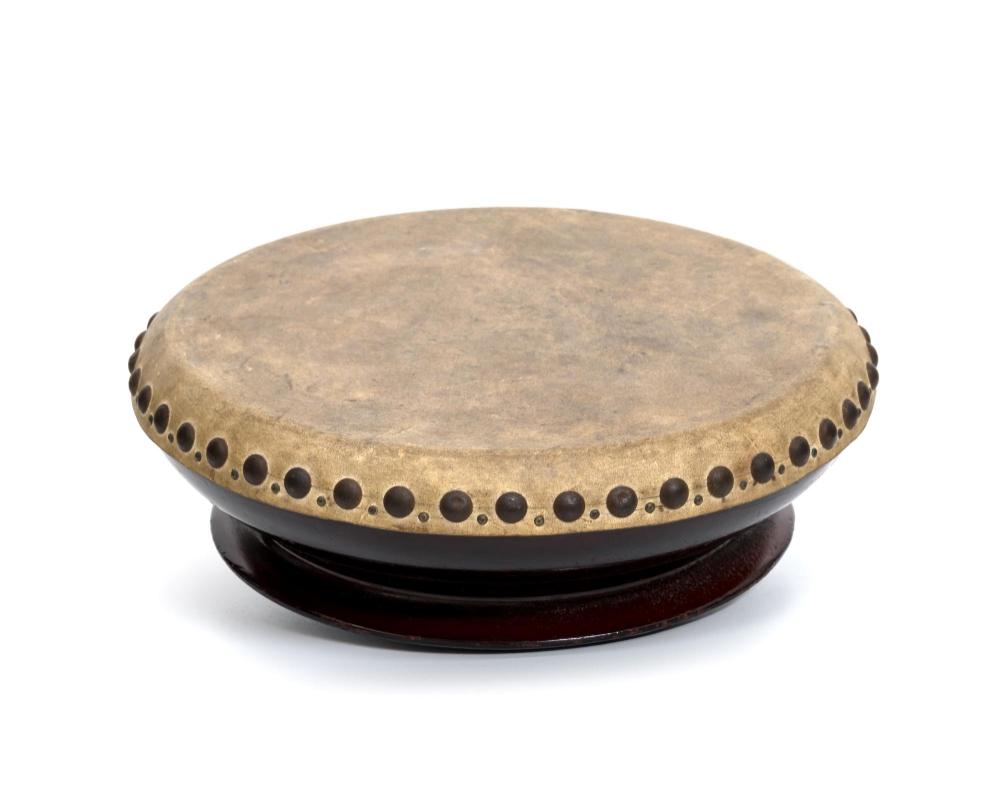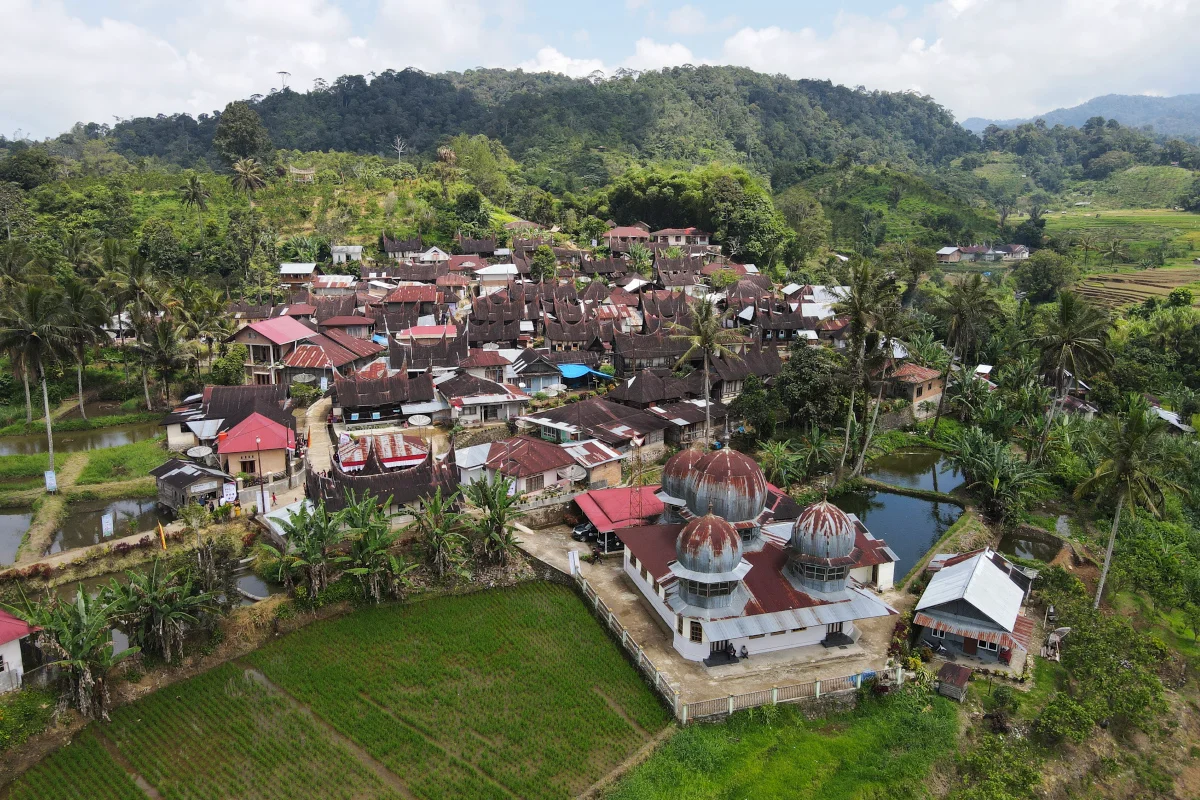The province of Aceh, located at the northern tip of Sumatra in Indonesia, is renowned for its rich cultural and artistic heritage. Among its many traditional art forms, the Rapai, a traditional frame drum, holds a special place as both a musical instrument and a cultural symbol. Revered for its deep, resonant tones and rhythmic vibrancy, the Rapai is an integral part of Aceh’s music, dance, and spiritual practices.
Origins and History of the Rapai Drum
The Rapai has a deep historical significance in Aceh Province, where it is believed to have been introduced during the 13th century. Historians suggest the Rapai originated from the Middle East or South Asia, brought to Aceh through trade routes by Islamic missionaries and travelers. Over time, the instrument became a vital part of Acehnese culture, blending Islamic influences with local traditions to create a unique performance art.
Islamic Influence
The Rapai is often associated with religious and Islamic traditions. It played a significant role in the spread of Islam in Aceh, as it was used to accompany religious chants and prayers during gatherings. Many performances using the Rapai incorporate Quranic recitations, praises to Allah, and Islamic teachings, reflecting the deep spiritual roots of Acehnese society.
Cultural Evolution
Over the centuries, the Rapai evolved from a purely religious instrument to one that is widely integrated into various aspects of cultural life. It is now used for entertainment, traditional celebrations, storytelling, and community bonding.
The Construction of the Rapai
The craftsmanship of the Rapai reflects the artistry and skill of Acehnese artisans who create the instrument with care, ensuring it is both functional and visually appealing.
Some Rapai features ornamental designs on the wooden frame, representing the artistic heritage of Aceh. These carvings may include Islamic motifs, floral patterns, or geometric shapes.
Size Variations
The Rapai comes in several sizes, each suited for different types of performances. The larger drums produce lower tones, while smaller ones create sharper, higher-pitched sounds. Together, they create a harmonious and dynamic rhythm during performances.
Techniques for Playing the Rapai
The Rapai is played by striking the drumhead with the hands. The technique and rhythms used vary depending on the type of performance or event. Skilled drummers create varied tones by alternating between different parts of the drumhead and using dynamic hand movements.
The Rapai is often played in ensembles, with several drummers creating complex, overlapping rhythms. Through synchronization and variation, these performances produce a mesmerizing and highly energetic soundscape.
Many Rapai performances incorporate moments of improvisation, showcasing the creativity of the drummers and allowing them to respond to the emotions of the audience.
Types of Rapai Performances in Aceh
The versatility of the Rapai makes it suitable for a wide range of performances, from religious to secular. Some of the most iconic Rapai performances in Aceh include:
- Rapai Geleng (Dance Performance)
Rapai Geleng is a traditional performance that combines dynamic drum rhythms with synchronized movements and singing by a group of performers. The word "Geleng" means "to shake," referencing the rhythmic head and body movements of the performers as they play the Rapai. This performance is both energetic and captivating, often performed at cultural festivals and celebrations. - Rapai Daboh (Martial Arts Accompaniment)
The Rapai Daboh accompanies traditional Acehnese martial arts performances, including silat. The drum rhythms help set the pace and intensity, adding drama and energy to the movements of the martial artists. - Religious and Spiritual Ceremonies
The Rapai is often used during religious events, such as zikir (Islamic devotional singing). In these ceremonies, the drum provides a meditative rhythm that enhances the spiritual atmosphere and encourages reflection and prayer. - Community Celebrations
From weddings to harvest festivals, the Rapai is a symbol of community and joy. Its rhythmic beats often signal the start of social gatherings, uniting people through the shared experience of music and performance.
Cultural and Spiritual Significance of the Rapai
The Rapai is not just a musical instrument, it is a symbol of Acehnese identity, spirituality, and unity.
Religious Roots
The spiritual origins of the Rapai, tied closely to Islamic traditions, give it a unique status in Acehnese culture. It conveys messages of devotion, moral values, and prayers, often played to invite blessings or celebrate religious holidays.
Community Bonding
In villages across Aceh, the Rapai is a communal instrument. It brings people together to celebrate milestones, share stories, or simply enjoy rhythmic entertainment.
Expression of Identity
The Rapai represents Aceh’s cultural heritage and resilience, reminding people of their shared history and unity, even in challenging times.
Fusion with Modern Music
Innovators in Acehnese music have incorporated the Rapai into modern genres such as pop and jazz, blending traditional rhythms with contemporary melodies. This adaptation ensures the instrument remains relevant in a globalized world.









